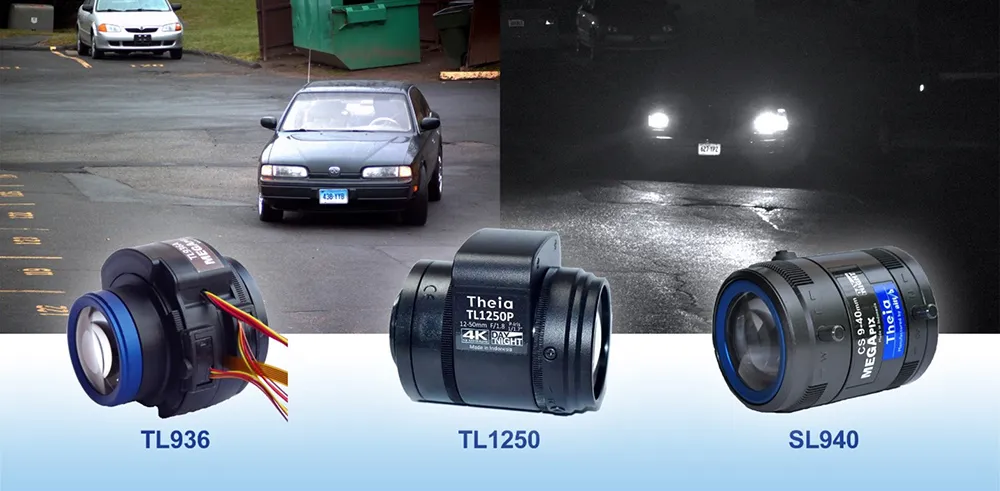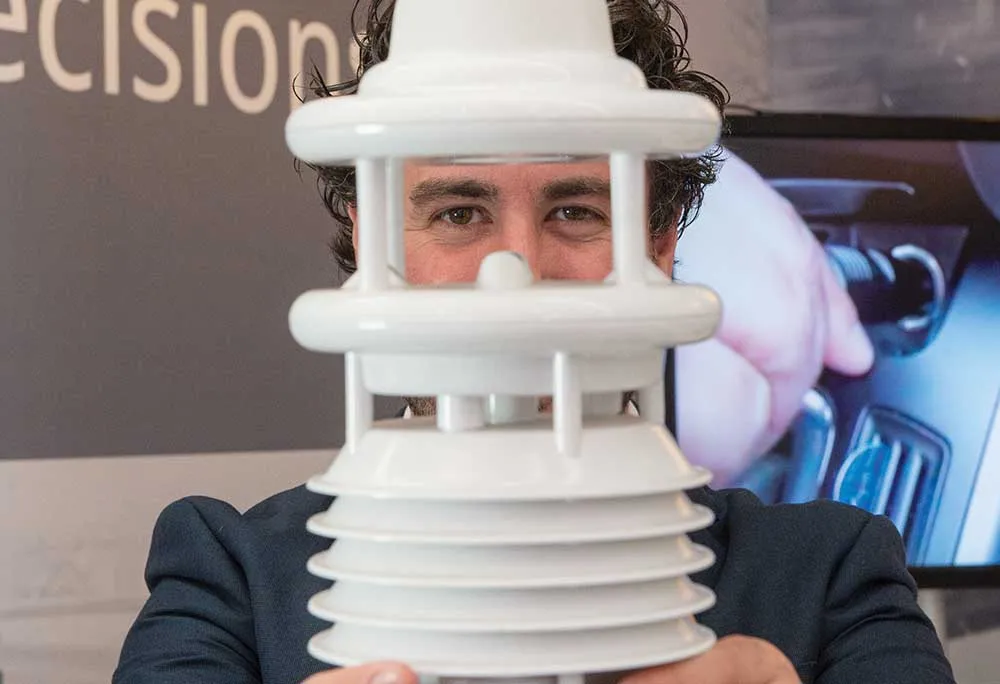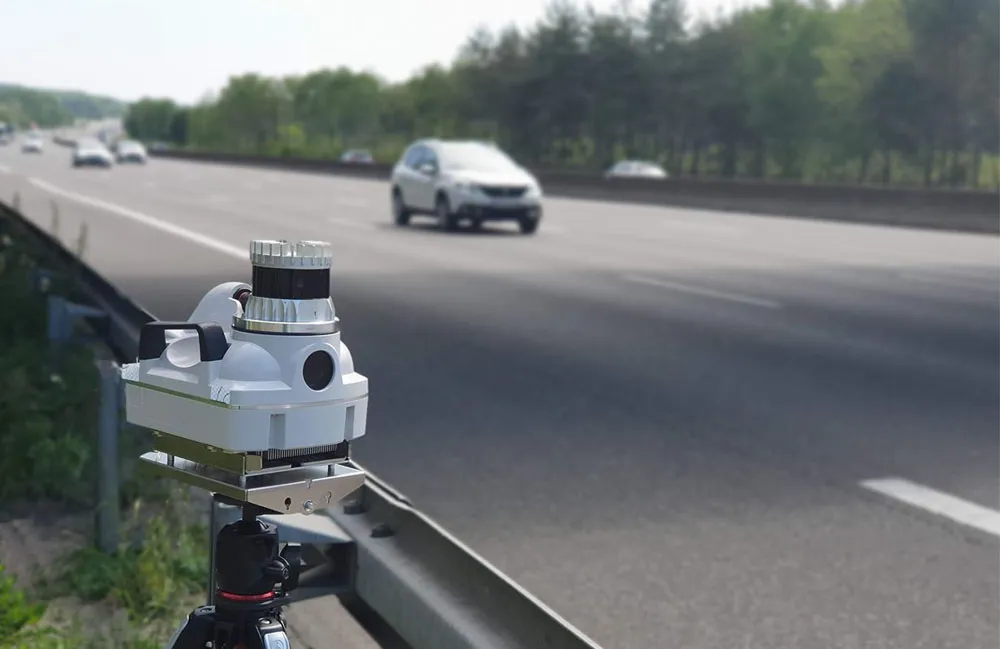
Kistler will showcase for the first time its complete Structural Health Monitoring portfolio for bridge protection and traffic safety at Intertraffic Amsterdam in April.
Kistler also will highlight the potential of digitalisation through its new KiTraffic Digital platform - which it says is the most advanced and accurate Weigh in Motion (WiM) system available.
Overweight trucks, extreme weather, cracking and corrosion are just a few of the factors affecting bridge infrastructure and shortening lifespans. Kistler’s Structural Health Monitoring portfolio system automatically monitors bridge structures on a 24/7 basis. It continuously measures and tracks the actual structural resistance of the bridge and the real traffic load as reported by the integrated WiM system.
In this way, it detects even the smallest structural movements and vibrations as they occur and before they cause more serious damage. Structural engineers and road operators are constantly informed of the relevant data and are notified immediately via notifications and alarms.
The monitoring system provides seamless availability of highly reliable bridge structural data thanks to its acceleration sensors from the K-Beam family. The quality of the results depends on the sensitivity, frequency range, temperature stability and signal-to-noise ratio of the sensors, as well as on the performance of the data acquisition system.
Accelerometers from Kistler are specifically designed to withstand even the most extreme weather conditions. They operate in temperatures ranging from -55°C to 125°C, have highest temperature stability (variations below 0.01 %/°C), measure highly accurately from 0Hz to 1500Hz and can precisely detect even the smallest vibrations.
In addition to precise sensors, the turnkey solution consists of the KiDAQ data acquisition system and a cloud-based software platform. "This allows users to easily access the data and configure all the equipment remotely," said David Cornu, head of business unit for traffic solutions at Kistler. "This type of system can be used not only to monitor damaged bridges, but also be implemented on new bridges or bridges under reconstruction. Our experts in measurement technology and structural engineering will assist users and operators in designing the optimal monitoring solution."
Meanwhile, the KiTraffic digital WiM system from Kistler detects overweight trucks on the road at any speed and in real time as they pass. Overweight vehicles are easily identified and can either be automatically fined, stopped and forced to unload or diverted to an alternative route. All these measures ensure a highly effective protection of both pavement and bridge.
The advanced KiTraffic Digital platform is based on several rows of Lineas Digital sensors installed in the road along with a proprietary data acquisition and processing system installed in the roadside cabinet. The Lineas Digital are the world's first fully digitised WiM sensors, generating a vast amount of data to ensure longevity of roads and bridges.
The platform’s piezoelectric quartz crystals provide extreme measuring accuracy, with a weighing precision of up to +/- 2% for the gross vehicle weight. It has received the OIML R134 certification for accuracy class F5 from the Swiss Federal Institute of Metrology, Metas. With this certification, the system can be used for automatic enforcement of overloaded vehicles, known as direct weight enforcement.










